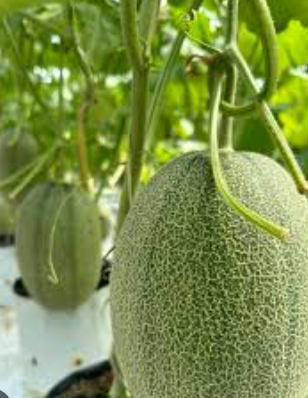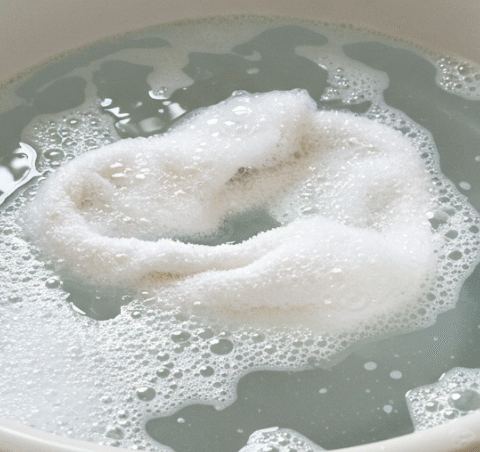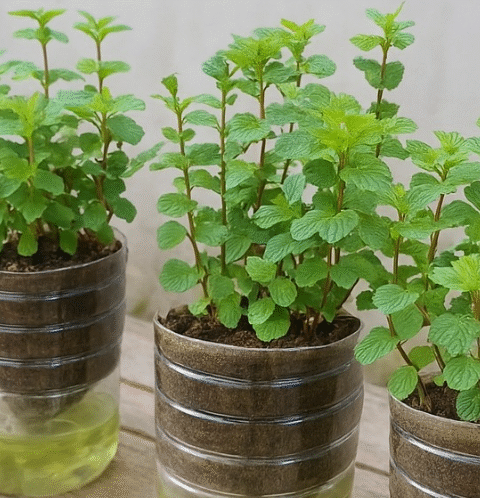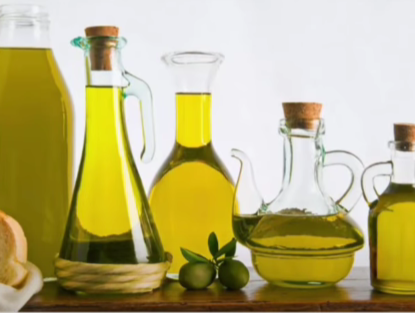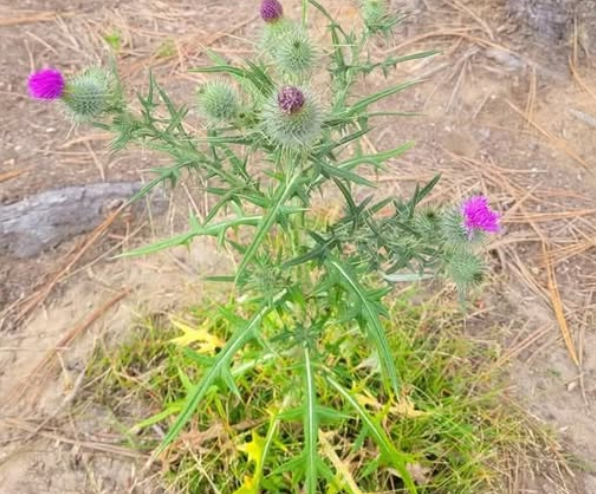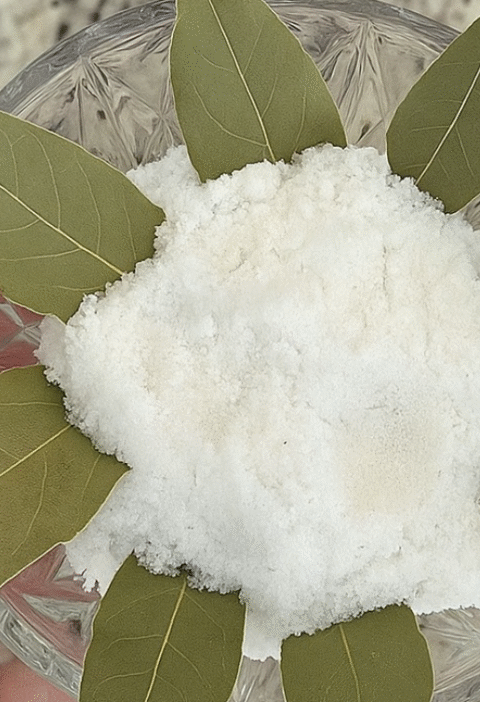🍈 How to Grow Melons Easily with High Productivity in Plastic Containers for Beginners
Growing melons in plastic containers is a fantastic solution for gardeners with limited space, offering a way to enjoy sweet, juicy fruit right from your balcony, patio, or rooftop. With the right techniques, even beginners can produce abundant, high-quality melons. In this guide, you’ll learn step-by-step methods, expert tips, and best practices to ensure your melon plants thrive in containers. 🌱
1. Choosing the Right Container
Container size and quality directly impact melon productivity. Melons have deep, vigorous roots, so they require space to develop.
- 📏 Size: Minimum depth of 12–16 inches; capacity of 5–10 gallons per plant.
- 💧 Drainage: Multiple holes at the base to prevent waterlogging.
- ♻️ Material: Durable plastic pots, recycled bins, or large grow bags.
- ☀️ Color Tip: Light-colored containers prevent overheating in hot climates.
Expert Insight: Dr. Leila Nour, a horticulture specialist, notes, “For melon root systems to flourish in containers, consistent moisture and oxygen flow are essential — always check for adequate drainage before planting.”
2. Selecting the Best Melon Varieties for Containers
Not all melons adapt well to limited soil volume. Compact or small-fruited varieties are ideal for container growing.
- 🍈 Cantaloupe (Muskmelon) – Compact, sweet, and quick to mature.
- 🍯 Honeydew – Smooth skin, refreshing taste.
- 🍉 Sugar Baby Watermelon – Small, round, and perfect for patios.
- 🌼 Galia Melon – Highly aromatic and productive.
3. Preparing the Perfect Soil Mix
Melons love loose, fertile, and well-draining soil. Avoid heavy clay or pure sand.
Recommended Soil Mix
- 40% high-quality potting soil
- 30% compost or well-rotted manure
- 20% coco coir or peat moss for moisture retention
- 10% perlite or vermiculite for aeration
Mix in a slow-release organic fertilizer before planting to provide a steady nutrient supply.
4. Planting Melons in Containers
Step-by-Step Planting
- Fill the container with the prepared soil mix, leaving 2 inches from the top.
- Plant melon seeds 1 inch deep, or transplant healthy seedlings.
- Water thoroughly to settle the soil.
- Place containers in full sun — at least 6–8 hours daily.
5. Watering & Fertilizing for Maximum Yield
- 💧 Water deeply 2–3 times a week, depending on weather.
- 🥤 Use drip irrigation or a soaker hose for consistent moisture.
- 🌿 Feed every 2 weeks with a liquid organic fertilizer rich in potassium and phosphorus once flowering starts.
Expert Tip: Prof. Mark Benson, an agricultural extension officer, advises, “Switch to a bloom booster fertilizer when flowers appear to encourage heavy fruit set and sweeter melons.”
6. Supporting Vines & Space Management
Melons in containers benefit from vertical training to save space and improve airflow.
- Use a sturdy trellis, netting, or cage.
- Secure growing vines with soft ties.
- Support developing fruits in slings made from old fabric to prevent stem breakage.
7. Pest & Disease Management
Common pests: aphids, spider mites, cucumber beetles.
Common diseases: powdery mildew, fusarium wilt.
- Spray neem oil or insecticidal soap every 10–14 days as a preventive measure.
- Ensure good airflow and avoid wetting leaves to reduce fungal issues.
- Rotate crops yearly to prevent soil-borne diseases.
8. Harvesting Melons
Signs Your Melon is Ready
- Skin color changes to a richer tone.
- Fruit emits a sweet fragrance.
- Stem begins to crack or separate easily from the fruit.
🍽 Nutrition & Health Benefits of Melons
| Melon Variety | Calories per 100g | Vitamin Content | Health Benefits |
|---|---|---|---|
| Cantaloupe | 34 | Vitamin A, C | Boosts immunity, improves skin health |
| Honeydew | 36 | Vitamin C, Potassium | Hydration, heart health |
| Watermelon | 30 | Vitamin C, Lycopene | Antioxidant, anti-inflammatory |
| Galia Melon | 35 | Vitamin C, Fiber | Digestive health, immune support |
❓ 10 Frequently Asked Questions
- Can I grow melons indoors? – Yes, if you have strong grow lights and adequate space.
- How long does it take to grow melons? – 70–100 days, depending on variety.
- Do melons need full sun? – Absolutely, at least 6–8 hours daily.
- How many melons can one plant produce? – Typically 2–5 fruits per plant in containers.
- Can I reuse the same soil? – Not recommended; rotate or refresh soil to prevent disease.
- What is the ideal temperature for melon growth? – 70–85°F (21–29°C).
- Should I prune melon plants? – Yes, to focus energy on fewer, larger fruits.
- How do I make melons sweeter? – Reduce watering slightly once fruits start ripening.
- Can I grow multiple melon varieties together? – Yes, but give each its own container for best results.
- What pests are most common? – Aphids, spider mites, cucumber beetles.
🌟 Final Tips for Beginners
- Start with easy, compact varieties.
- Be consistent with watering and feeding.
- Use supports to protect vines and fruits.
- Check plants regularly for pests and diseases.
With patience, proper care, and the right setup, you can enjoy sweet, homegrown melons even in the smallest spaces. 🍉🌿
